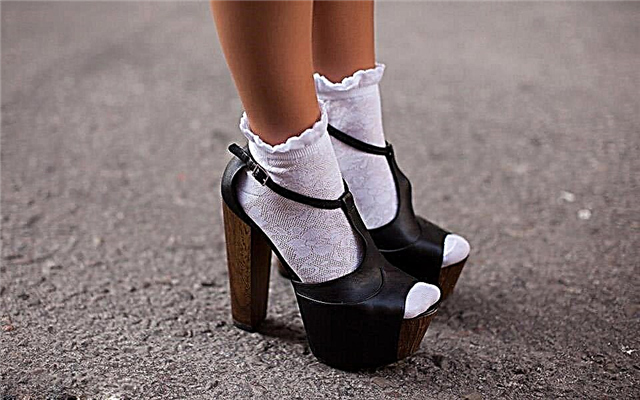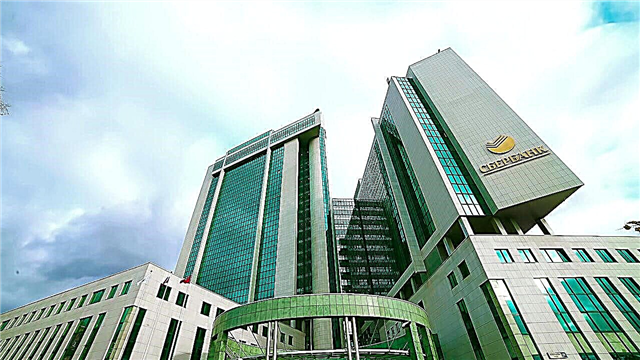Most Russians closely monitor the rates of currencies such as the Euro and the US dollar. Although if we talk about purchasing power, then these monetary units will not be in the lead in comparison with other currencies.
Today we offer a more detailed study Top 10 most expensive currencies in the world. It is insulting for the Russian ruble, but dozens of the currencies of the oil-producing countries of the East were in the lead.
10. Swiss franc (CHF, 34.41 rubles)
 Banknotes of francs are issued by the Central Bank of Switzerland, and coins are minted by the federal mint. The Swiss currency is the only franc preserved on the territory of modern Europe. One Swiss franc is equal to one hundred rapenes.
Banknotes of francs are issued by the Central Bank of Switzerland, and coins are minted by the federal mint. The Swiss currency is the only franc preserved on the territory of modern Europe. One Swiss franc is equal to one hundred rapenes.
9. Cayman Islands Dollar (KYD, 39.16 rubles)
 The currency was introduced in 1972 and replaced the Jamaican dollar in the Caymans. The Cayman Islands dollar is clearly tied to the US dollar in the ratio of 1 KYD = 1.2 USD. In total, around 75 million KYD are circulating in the world.
The currency was introduced in 1972 and replaced the Jamaican dollar in the Caymans. The Cayman Islands dollar is clearly tied to the US dollar in the ratio of 1 KYD = 1.2 USD. In total, around 75 million KYD are circulating in the world.
7. Jordanian dinar (JOD, 39.84 rubles)
 The banknotes of the currency of Jordan depict portraits of representatives of the royal dynasty of the country. Both coins and banknotes have inscriptions in two languages: Arabic and English. The currency appeared in 1949, replacing the Palestinian pound.
The banknotes of the currency of Jordan depict portraits of representatives of the royal dynasty of the country. Both coins and banknotes have inscriptions in two languages: Arabic and English. The currency appeared in 1949, replacing the Palestinian pound.
8. Azerbaijani manat (AZN, 40.18 rubles)
 The design of manat banknotes is very similar to the Euro, since the same Austrian designer Roberto Kalina worked on the development of the appearance of both currencies. The Azerbaijani manat was denominated twice - in 1992 and in 2006.
The design of manat banknotes is very similar to the Euro, since the same Austrian designer Roberto Kalina worked on the development of the appearance of both currencies. The Azerbaijani manat was denominated twice - in 1992 and in 2006.
6. Euro (EUR, 42.62 rubles)
 The official currency of the European Union is the only legal one for 17 countries, and in 9 other states it operates along with other monetary units. Euros appeared in non-cash circulation in 1999, and in the form of cash Euros began to be used since 2002.
The official currency of the European Union is the only legal one for 17 countries, and in 9 other states it operates along with other monetary units. Euros appeared in non-cash circulation in 1999, and in the form of cash Euros began to be used since 2002.
5. British Pound (GBP, 49.45 rubles)
 The monetary unit of the United Kingdom has been called the Pound Sterling since 1694, then the issue of banknotes began on the territory of the country. The pound is the third most prevalent currency in the world. One pound consists of hundreds of pence; until 1971, shillings, groats, crowns and farthing were also in circulation.
The monetary unit of the United Kingdom has been called the Pound Sterling since 1694, then the issue of banknotes began on the territory of the country. The pound is the third most prevalent currency in the world. One pound consists of hundreds of pence; until 1971, shillings, groats, crowns and farthing were also in circulation.
4. Latvian lats (LVL, 57.48 rubles)
 Lats served as the official currency of Latvia from 1922 to 1940, and then returned to circulation in 1993. After the Cypriot pound and the Maltese lira went out of circulation, the lat became the most significant currency in the Eurozone. However, the Latvian lat will remain in circulation only until January 1, 2014 - then the country will switch to the Euro.
Lats served as the official currency of Latvia from 1922 to 1940, and then returned to circulation in 1993. After the Cypriot pound and the Maltese lira went out of circulation, the lat became the most significant currency in the Eurozone. However, the Latvian lat will remain in circulation only until January 1, 2014 - then the country will switch to the Euro.
3. Omani rial (OMR, 81.11 rubles)
 Banknotes of the Omani rial have inscriptions in both English and Arabic. But the coins do not have English "dubbing". It may well be that in the near future, the currencies of the oil-producing states of the East will be replaced by a single currency, a kind of “Arab Euro”.
Banknotes of the Omani rial have inscriptions in both English and Arabic. But the coins do not have English "dubbing". It may well be that in the near future, the currencies of the oil-producing states of the East will be replaced by a single currency, a kind of “Arab Euro”.
2. Bahraini dinar (BHD, 82.97 rubles)
 Until 1973, this currency circulated not only in Bahrain itself, but also in the UAE, until it was replaced by the dirham. The Bahraini dinar depends on the US dollar, although it is 2.5 times more expensive than the US currency.
Until 1973, this currency circulated not only in Bahrain itself, but also in the UAE, until it was replaced by the dirham. The Bahraini dinar depends on the US dollar, although it is 2.5 times more expensive than the US currency.
1. Kuwaiti dinar (108.74 rubles)
 Every fifteenth resident of Kuwait is a millionaire. The dwarf oil producing state has on its territory 10% of the world's oil reserves. Not surprisingly, the currency, which is used by only 3 million people, is valued so highly.
Every fifteenth resident of Kuwait is a millionaire. The dwarf oil producing state has on its territory 10% of the world's oil reserves. Not surprisingly, the currency, which is used by only 3 million people, is valued so highly.












